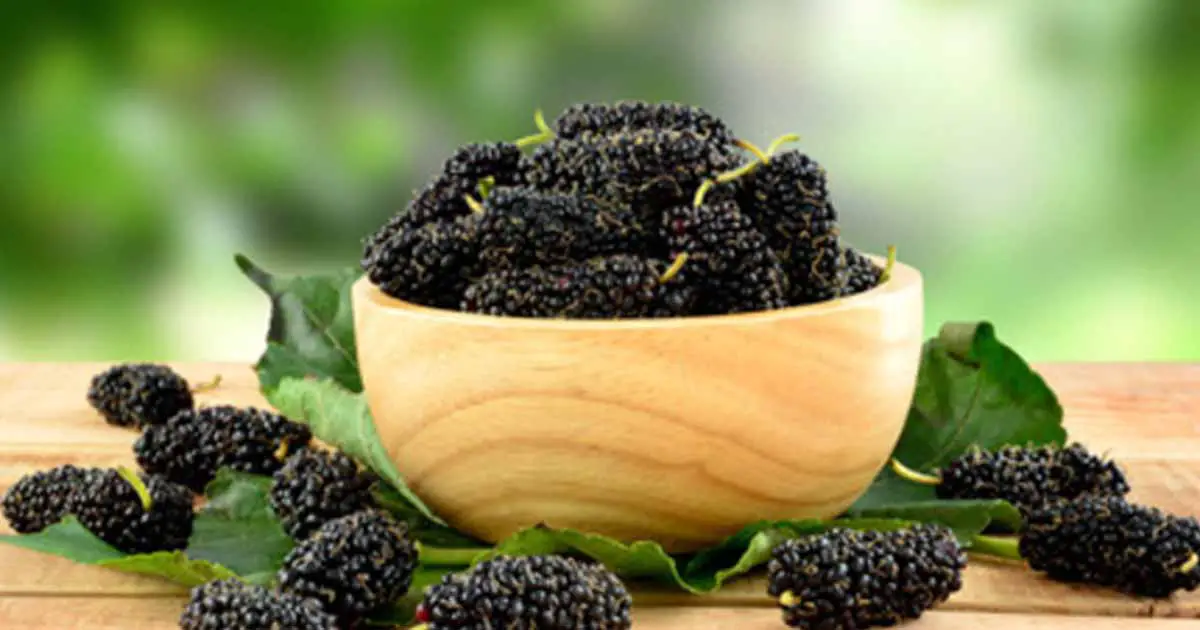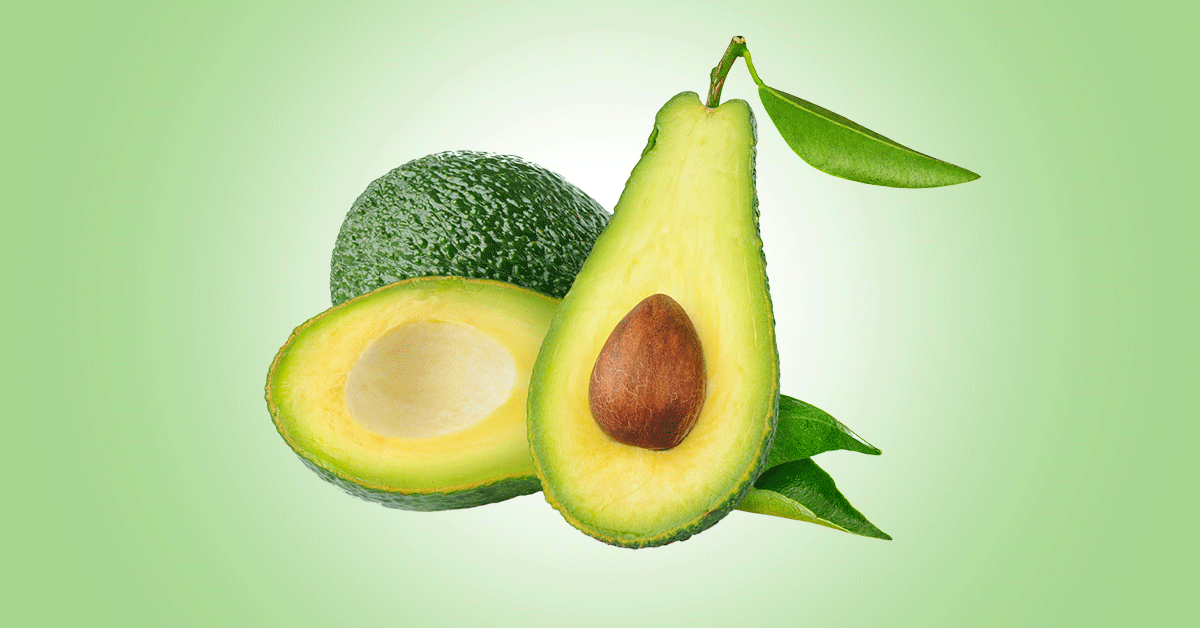Black mulberry (Morus nigra), also called common mulberry, Persian mulberry, small-fruited mulberry, or sycamine, is a plant belonging to the Moraceae family. It is a broad-crowned deciduous tree with a broad, dense, spreading crown. It can grow up to 6-9 m high. The black mulberry is shorter, with a smaller and more regular crown, than the white mulberry.
Black mulberry originates from Western Asian countries – Iran and Afghanistan. It is now cultivated in the Mediterranean, Balkan, Europe, Africa, southern Scandinavia, and countries like Malaysia. It is seen as weed in Brazil, Spain, southeastern Australian bush land.
Other names of black mulberry are amoreira negra [Portuguese], Kara dut [Turkish], swartmoerbei [Afrikaans], schwarzer maulbeerbaum [German], mûrier noir, mûrier à petits fruits [French], and morera negra [Spanish].
The three main species of mulberry includes white mulberry (Morus alba L.), black mulberry (Morus nigra L.) and red mulberry (Morus rubra L.).
Black mulberry grows well in hot and dry climate, is drought resistant, and can withstand colder temperature. It grows in rich, well-drained soils with neutral or slightly alkaline pH. The plant is propagated by seeds or cuttings.
The leaves are dark-green, large, petiolate, leathery (rough on the upper surface, and covered with short hairs on the lower surface), variable in shapes. The flowers are small, unattractive, and in clusters like catkin-like inflorescences.
Fruits are small (1.5-2.5 cm long), black, glossy, juicy, and has sweet-sour taste. The fruits are smaller and tastier than white mulberry fruit. The shoots and branches have a bright yellow color.
Black mulberry has more flavor than other morus species. The leaves are also used to feed silkworm (though the quality of silk is lower), and as cattle fodder.
The edible purple-black berries are sweet, pleasantly sour taste, juicy and large. It contains enough sugars, malic and citric acid. The fresh or dried berries are used in puddings, tarts, sauces, jams, pies, or mixed with flour for bread.
Black mulberry has phytochemicals that have antioxidant, antimicrobial, anti-inflammatory, anticancer, antidiabetic, anti-obesity, antinociceptive, anti-inflammatory, and anti-hyperlipidemic activities.
Constituents in Black Mulberry (Morus nigra)
Black mulberry leaves and fruits contains tannins, flavonoids, polyphenols, monoterpenoids and sesquiterpenoids. M. nigra is rich in resveratrol and oxyresveratrol compounds, two powerful antioxidant compounds.
Anthocyanins are another group of phenolic compounds that gives orange, red, and blue pigmentation to the plant. Additionally, they have therapeutic effect.
An important flavonoid, morin also has beneficial effect to the human health. Phytonutrients, such as carotene-β, carotene, α12 and lutein-zeaxanthin, are also obtained from Morus nigra.
Nutritional Composition
Black mulberry contains carbohydrates, proteins, dietary fiber, fats, and energy. The mineral constituent includes calcium, potassium, magnesium, zinc, selenium, sodium, iron, and copper. The vitamins include Vitamins A, C, E, K, niacin, folates, pyridoxine, riboflavin.
Health Benefits of Black Mulberry
Antioxidant activity:
Oxidative stress causes increase in reactive oxygen species (ROS), which result in diseases such as cancer, aging, cardiovascular, and neurodegenerative diseases.
Phenolic compounds, anthocyanins, and flavonoids, are essential antioxidant compounds in mulberry.
Antimicrobial property:
2-arylbenzofuran (Moracin M) has antibacterial activity against Streptococcus faecalis while oxyresveratrol stilbenoid has activity against Staphylococcus aureus.
Oxyresveratrol, moracin M, cyclomorusin, morusin, kuwanon C have antibacterial activity against P. aeruginosa, B. subtilis, S. aureus, Micrococcus flavus, and S. faecalis.
Kuwanon L, G, and H, cudraflavanone A, morusin, oxyresveratrol; chalcomoracin, and norartocarpetin are compounds in red mulberry that have activity against M. tuberculosis.
Red mulberry also has antifungal activity against Candida albicans, C. parapsilosis, C. tropicalis, and Geotricum candidum.
Treatment of acne:
Acne is an inflammatory skin disease in adulthood caused by several factors. One of the causes is the normal skin flora, Propionibacterium acnes and Staphylococcus epidermidis. The fruit extract of black mulberry inhibits S. epidermis and P. acnes, two bacteria that can cause acnes.
Anticancer effect:
Morniga M from the bark of M. nigra, and the fruit extract has activity against HT-29 cell line (human colorectal cancer). M. nigra fruit extract may also inhibit human adenocarcinoma cell lines, human breast cancer, human cervical cancer, and human prostate cancer.
Black mulberry has anti-proliferative and apoptotic effects.
Anti-Inflammatory activity:
Wang et al. assessed the inflammatory activity of compounds such as mornigrol D, G and H, and other compounds such as norartocarpetin, dihydrokaempferol, albanin A, albanin E, moracin M, and albafuran C from the stem bark.
Mornigrol D and norartocarpetin showed potent anti-inflammatory properties.
Red mulberry also lowered the levels of pro-inflammatory cytokines like IL-1β, TNF-α, NO, and interferon-gamma (IFN-γ).
Anti-ulcer activity:
Nesello et al. suggested that black mulberry fruit may protect the gastric mucosa against acidified ethanol-induced acute gastric ulcer in female mice. The fruit extract prevented glutathione depletion, and increased partial reduction of lipid hydroperoxide.
The extract did not affect the activity of H+/K+-ATPase, which means it has lesser side effects than other compounds that suppress gastric secretion.
Antidiabetic effect:
Extracts from M. nigra leaves has reduced plasma glucose concentration, and increased insulin levels in streptozotocin (STZ)-treated diabetic rats in studies by Abd El-Mawla et al.
Phenolic compounds and isoprenylated flavonoids from mulberry may have antidiabetic activity.
Anti-hyperlipidemic effect:
Volpato et al. and Mahmoud investigated the effect of red mulberry in diabetic pregnant rats and rats fed a high-fat diet, and proposed it may decrease total cholesterol, triglyceride, LDL-C, and very low-density lipoprotein cholesterol, while increasing HDL-C.
It also reduced the body weight, serum lipid profiles, and atherosclerosis indexes.
Liver and kidney protective effect:
In male albino rats with methotrexate-induced hepatotoxicity, M. nigra leaf extract decreased alanine aminotransaminase (ALT), aspartate aminotransaminase (AST), alkaline phosphatase (ALP), and lactate dehydrogenase (LDH), major markers of liver damage (Tag et al.)
Markers of kidney functions, such as serum creatinine, urea, and uric acid, were also normalized.
Antinociceptive activity:
Morusin, the main prenylflavonoid of M. nigra bark extract, inhibits acetic acid-induced abdominal constriction responses and formalin-induced pain, and caused a prolongation of the latency period in a hot plate test in mice (de Souza et al.)
Studies by Chen et al. proposes that three flavonoids, cyanidin-3-O-glucoside, rutin and isoquercetin did reduce the duration of formalin-induced pain-response.
References:
- https://pdfs.semanticscholar.org/95f1/8316db5766f8de40d7cd6a3e4e8c8d136aaa.pdf
- https://www.ncbi.nlm.nih.gov/pmc/articles/PMC6412198/
- https://www.researchgate.net/publication/311856389_Black_mulberry_Morus_nigra
- Heuzé V., Tran G., Lebas F., 2019. Black mulberry (Morus nigra). Feedipedia, a programme by INRAE, CIRAD, AFZ and FAO. https://feedipedia.org/node/122 Last updated on August 6, 2019, 15:58












